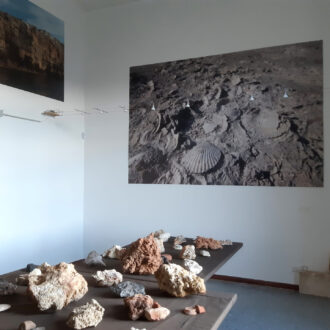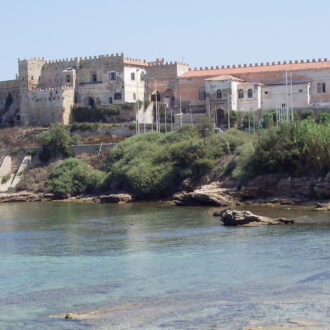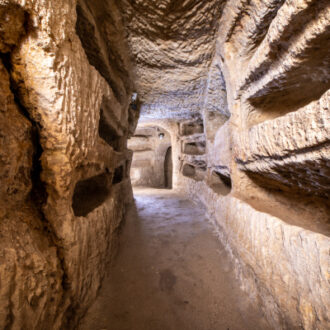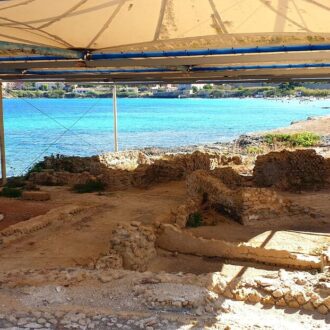Itinerari
Pianosa Island
Start from
Pianosa Harbour
The small island of Pianosa is rich in history and archaeology and deserves a special visit. Humans have in fact chosen to settle here since prehistoric times, building impressive monuments such as catacombs and senatorial villas
After disembarking at the port of Pianosa you immediately get the feeling of being on an island full of history. The village of Pianosa has the charm of an abandoned village located in a small Mediterranean paradise. A stroll through the village is recommended, followed by a visit to the nearby catacombs.
The catacombs were probably excavated around the beginning of the 4th century AD by the first Christian communities to populate the islands of the Archipelago. The catacombs are a dense network of tunnels and underground passages, about 200 in number, opening into over 500 burial chambers with an estimated 700 burials, making them the largest complex north of Rome. The original entrance was near the port, marked by an engraving with a cross and a flame, but hidden from the eyes of those who did not know the presence of Christians on the island. The absence of documents or surface archaeological remains attesting to the presence of such a large community on the island is surprising: this mystery, combined with the atmosphere of the location, helps us to understand the living conditions of these early Christians.
The visit continues with a visit to the Museum of Geological and Archaeological Sciences, located in the rooms of the former Prison Management building. The exhibition helps to understand the special features of the island of Pianosa from its origins, through the prehistoric human settlements to the splendid Roman complex of the Agrippa Baths and the reconstructions of the catacombs.
The last stop, before returning to the port or sunbathing on the white beach of Cala Giovanna, is the remains of Agrippa’s monumental villa. Between 7 and 14 A.D., Agrippa Postumo, nephew of Augustus, was exiled to the island following a complaint by his stepmother Livia, who wanted her son Tiberius to be the heir. The original structure has been greatly altered over the years, however the small theatre, the thermal baths and the peristyle with a rectangular pool can still be visited, as well as other sea-front areas which were used for the Roman aristocrat’s pleasure.
1ª tappa
Museum of Geological and Archaeological Sciences
An incredible journey to discover the history of this small island in a modern museum created by the Tuscan Archipelago National Park Authority.

2ª tappa
The settlements of Pianosa and Forte Teglia
Attempts have been made to establish settlements on Pianosa since the Middle Ages, however, the constant pirate raids prevented the establishment of a stable settlement, which only became possible under Napoleonic pressure with the construction of Fort Teglia in 1814. Later, in 1856, the island became an agricultural penal colony under the Grand Duchy of Tuscany and a maximum-security penitentiary in 1977, leading to the evacuation of the remaining population. Since 2011, when the prison’s activities came to an end, the ban on disembarkation has been lifted and social projects linked to tourism have been launched.

3ª tappa
The catacombs
The islands of the Tuscan Archipelago were early settlement locations for Christian communities, hermits and monks, and Pianosa is no exception. Indeed, it has the oldest monumental evidence of this religious growth which led to the transformation of classical society into medieval society. The incomplete excavation of the monument has led to the identification of two nuclei, the oldest of which probably dates back to the Constantinian era (early 4th century AD), with the site as a whole ranging from then until the early 6th century AD.

4ª tappa
The Villa of Agrippa
The story of Augustus’ nephew, from exile to assassination by his rival Tiberius, remains imprisoned in the vestiges of his imposing residence. The sea has protected part of it, while the portion on land has disappeared or been profoundly altered.

